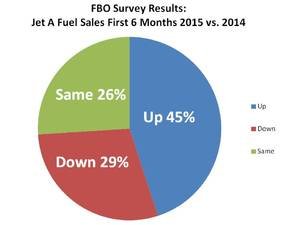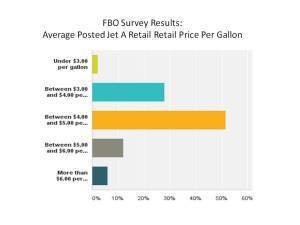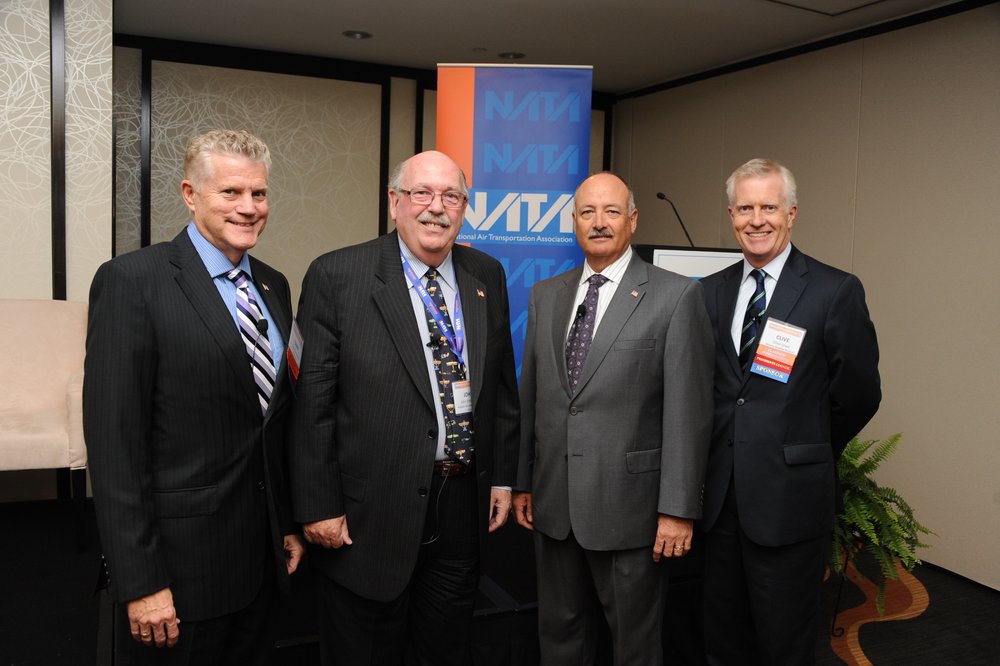Breaking Down the 10 Critical Elements of an FBO Airport Lease, Part 4
/By John L. Enticknap and Ron R. Jackson, Principals, Aviation Business Strategies Group
In previous blog posts we discussed nine of the 10 critical elements of an FBO airport lease as part of our series on the six intangibles that can build equity in your FBO.
In this final post for this subject, we will discuss the last critical element, Airport Minimum Standards. The Airport Minimum Standards document is basically what creates a level competitive playing field. It further helps protect the intrinsic value of your enterprise by spelling out the minimum requirements for an FBO or SASO (Specialized Airport Service Organization) operating at your airport and sets the standard of compliance for existing or potential competition.
In essence, it states that if a new operator wants to start an FBO at your airport then they must make the same investment in facilities, pay the same rentals and fees, provide similar services, and operate on the same level as your business.
Although an FBO Minimum Standards document is generally separate from your lease and resides as part of the rules and regulations of the airport, it is important to make sure it is called out in your lease. Many airports do not have minimum standards and this may cause a problem for the existing businesses.
Two important elements of an airport minimum standards document are its purpose and the issuance of a permit, lease or operating agreement.
Purpose
The purpose of minimum standards is to establish and make requirements for general aviation aeronautical activities. They are established in the public interest for the safe and efficient operation of the airport in order to enhance orderly growth and comply with federal, state and local government legal requirements. It also provides information to parties operating or desiring to operate at the airport. These standards in general establish minimum levels of service that shall be offered in order to protect the public welfare and prohibit irresponsible, unsafe or inadequate services.
Permit, Lease or Operating Agreement
No person, including an aeronautical service operator, shall offer or perform a commercial aeronautical activity, operation or service at an airport without written authority for such service. Such authority will generally be contained in a Permit, Lease or Operating Agreement that has been negotiated between the FBO/SASO and the airport.
Keeping these elements in mind will assist you in maintaining your FBO business no matter what the competition may bring to the airport environment. Make sure the minimum standards are up to date. Many documents we review for our clients are up to 20 years old.
In our next blog, we’ll start a new series based on the second intangible that can build equity in your FBO: A Favorable Fuel Supplier Agreement.
About the bloggers:
John Enticknap has more than 35 years of aviation fueling and FBO services industry experience. Ron Jackson is co-founder of Aviation Business Strategies Group and president of The Jackson Group, a PR agency specializing in FBO marketing and customer service training. Visit the biography page or absggroup.com for more background.
Subscribe:






















